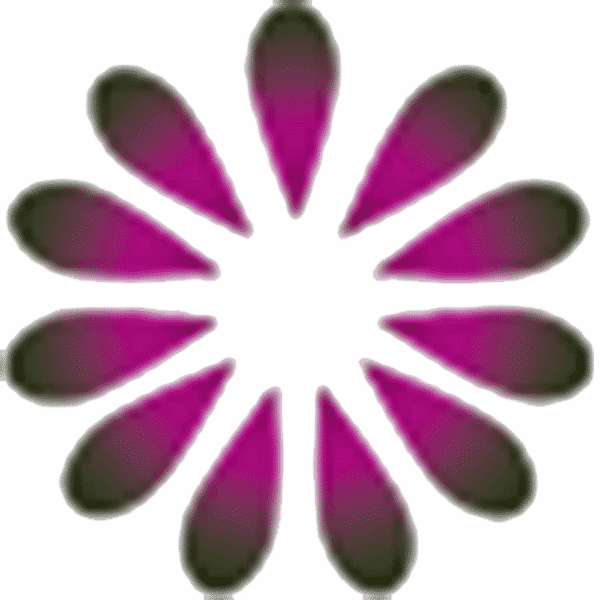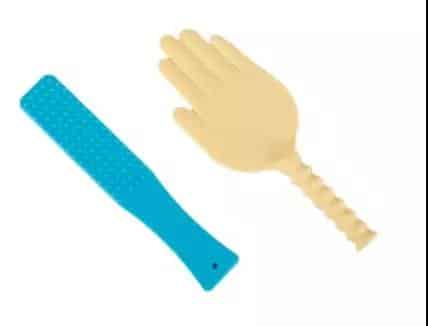Paida Techniques & Tips
- It is more effective to do the Paida with your full palm compared to your hollow palm.
- You can use hollow palm to reduce the pain. When forming a shallow hollow palm, close your thumb with the other four fingers, and keep the four fingers flat. So in some degree, it is still kinda like a full palm.
- Paida with the back of the hand can increase the Paida intensity. When the knuckles are closed together, the bones and joints are protruding, it is harder than the palm. Therefore, the Paida with the back of the hand is more powerful.
- Use the fists to paida some body parts, such as abdomen, buttocks, thighs, or the parts that the palms can’t work very well, such as armpits or groins. You can use your fists or Paida tools to increase the penetrating power or reduce the Paida noises.
- When paida in a carpet-bombing manner, you should use your full palm and fingers on buttocks, abdomen, thighs, inner elbows, knees; when the area being slapped is small, you can mainly paida with your fingers, move your wrists flexibly to create the snapping power.
- Utilize tools such as Paida slapper, bottom of a shoe, wood/bamboo sticks, kitchen utensils, etc. to work on the parts of your body that you can’t reach or you are lack of energy to slap with your own hands. Among all those tools, the specially designed Paida slappers are most effective, their sides and corners can be also used to paida the body parts which are narrow, bony or uneven.
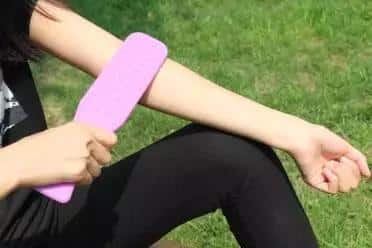
Why you should use your hands and paida tools in turns?
- There is Qi in our hands, so hands are the best Paida tool.
- The palm is covered with acupuncture points. Long-time Paida with the palm of your hand will activate the six meridians on the hand, namely the heart, the lungs, the pericardium, the large intestine, and the three-burners (San-Jiao) meridians, thereby activating the six meridians of the foot, forming a circulation that affects the whole body. From the perspective of holography, the hands and feet are closely related to all the organs and tissues of the whole body. Paida with the hands is a systematic improvement of the whole body, and a “carpet bombing” is performed on the known and unknown diseases. When you slap yourself or others by hand, your hand is also be slapped. According to the principle of the force and reaction, when slapping with your hand, your internal organs are equally being vibrated and corresponding meridians are dredged. Therefore, Paida others with your hand is also paida yourself, helping others is helping yourself too.
- The most stimulated meridians on the palm are the pericardium and heart meridians. The Heart is the king of all organs, governs one’s mind. The mobilization of the heart makes the healing essentially different: Paida makes the “Heart” precisely improve the disease, rather than passively waiting for external forces to intervene. Therefore, when the person is being slapped, he/she is in a state of “integration of giving and receiving,” and it is easier for the person to observe themselves and reflect the cause and effect of the health problems they have.
- During Paida, the shoulders and arms will follow the hand to move, and the acupuncture points on the hands are connected with the shoulders, arms, cervical vertebrae, brain and heart. Therefore, Paida with the hand can treat problems on shoulders, cervical vertebra as well as sleep disorders. The greater the strength and amplitude of the arms move, the longer and more effective the effect is. A retired old man had leg pain and shoulder pain. She was told to go home to slap her knees for two hours. As a result, she reported the next day that she had not only alleviated the leg pain greatly, but also was able to raise her shoulders. In another case, a friend slapped her knees for two hours when chatting with us. She suddenly found that her cervical spine was no longer hurting. This was a result of the acupuncture point on the hand being stimulated. The next morning, she made a special call and said that she went home at 9 o’clock last night, fell asleep and slept until 6 o’clock the next morning. It was the soundest sleep she had in many years.
- You are most likely to feel exhausted if using your hands to do the Paida only, The elders find it even more challenging to use their hands. In addition, there are certain body parts that people have trouble to reach (such as back, back of legs, hands and feet, face, joints, bony areas etc.). Therefore, using Paida tools not only save one’s energy, but also bring Sha out much faster. People can paida with a tool in a longer time duration compared to with their own hands.

- When using Paida tools, you can slap the body parts over the clothes. This is very practical if it is too cold to undress in winter or if it is too painful to be slapped on the bare skin.
- When doing Paida in a public place or late night, you can use Paida tools to reduce the Paida sounds.
- To those who travel often, carry a Paida slapper can be very convenient.
Paida Tools’ Introduction
Paida Stick/Slapper – The common style
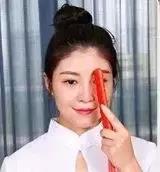
- Easy to carry. A must-have in a travel.
- Easy to slap the face, beautify the skin.
- Slap with the side of Paida slapper on the nasal groove, behind the ears, forehead, back of the hands, eye sockets, eyebrow bones, etc.

- The handle is smooth without particles on it, so it’s less painful, suitable for the ankles, fingers, knees, instep and other bony areas.
- The surface with small particles is suitable for the soft paida for warm ups. The surface with large particles can bring Sha out fast, and penetrate the Paida power well into the body.
- Method of using the tool: Hold the conjunction areas of the particles, move the hand naturally.
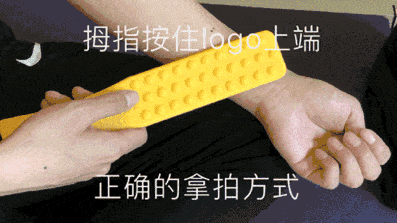
The wide Paida Stick/Slapper
- Can bring Sha out quickly, save time.
- Strong penetration.
- Slap with the side of Paida slapper on the nasal groove, behind the ears, forehead, back of the hands, eye sockets, eyebrow bones, etc.
- The handle is smooth without particles on it, so it’s less painful, suitable for the ankles, fingers, knees, instep and other bony areas.
- The surface with small particles is suitable for the soft paida for warm ups. The surface with large particles can bring Sha out quickly, and penetrate the Paida power well into the body.
- Method of using the tool: Hold the conjunction areas of the particles, move the hand naturally.
- Use a rubber band to put two slappers together .
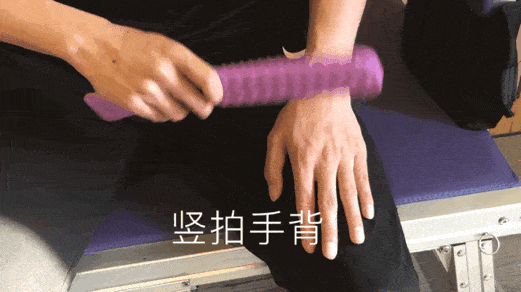
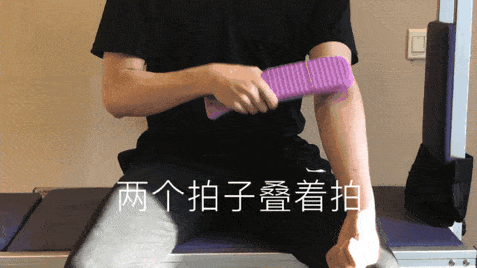
Paida Hand
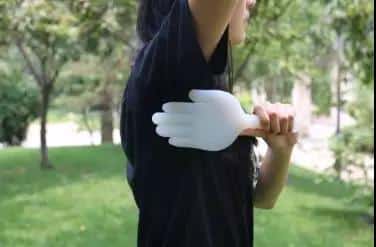
- Paida areas: under the armpits, chest, inner thighs, lower abdomen and buttocks
Long Paida Hand
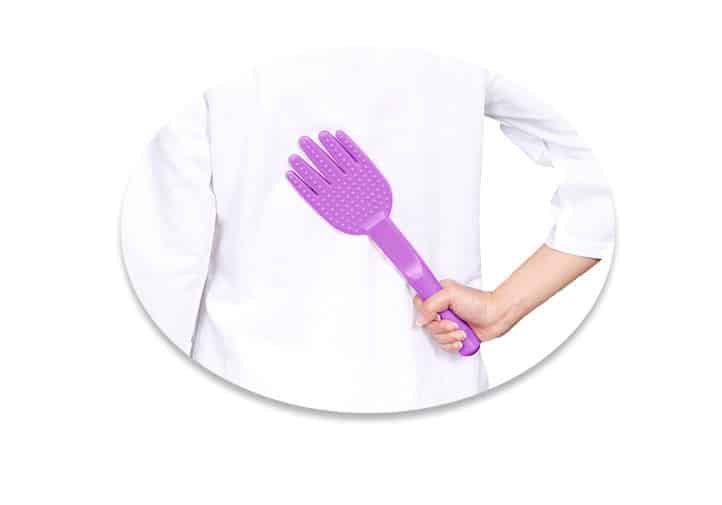

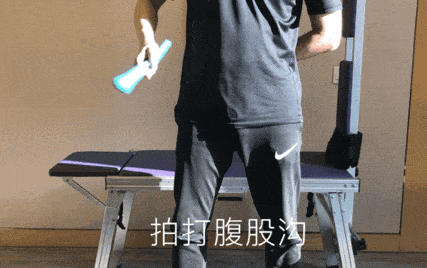
Cautions and Taboos
Cautions:
- Avoid wind and chills during Paida. Avoid direct wind from an electric fan or an air conditioner during Paida. Letting wind and chills enter your body through your pores can induce new illnesses. If air conditioning has to be used, turn the fan to low, and increase the temperature to no less than 79 F (26 C).
- Drink – Many people drink water as a habit, even when they are not thirsty, some even drink gallons a day, which can cause illness. According to Chinese medicine: drink only when you are thirsty – and drink it warm. Do not assume that drinking water helps detoxification. Cold water, especially in the early morning when yang energy rises along with the sun, extinguishes the Heart and leads to heart disease. Before, during and after Paida, drink some ginger and red dates tea is highly recommended because it boosts energy, increases the qi and blood circulation.
- Avoid bathing or showering after Paida. On cool days and one doesn’t sweat that much, it is better not to shower or bath at all on the same day. Because qi and blood is automatically enhanced by PaidaLajin, don’t interfere with this process. Cold-dampness can easily enter the pores when they are wide open from the warm water. On water days, shower at least two hours after Paida. Never shower in cold water, and avoid using shampoo and shower gels. To those who have habit of bathing or soaking feet in warm water, it is recommended to do so before Paida, which will help to bring Sha out.
- Continue Paida until Sha disappears. This process can take a long time, sometimes over an hour. The slapped area gathers more qi and blood, facilitating flow and detoxification. Sha will disappear in a few hours or days on its own, but sometimes it takes a longer time. In general, Sha on young and healthy people disappears faster whereas on elders or gravely ill patients, Sha goes away slowly, some might not disappear for weeks. After sha appears you can move on to other body parts. Wait until sha disappears to start a second round on the same area.
- Sha isn’t broken blood vessels. Rather, the toxic substances in the blood are decomposing and being removed through pores, other orifices, and detoxification channels in the body. Sweat, tears, a runny nose, urine, stool, smells from the skin, and other excretions are all telling signs of detoxification.
- Dark reddish sha that manifests with swollen skin can look horrible. Some people can’t put on their shoes after Paida, due to swelling. In these cases, continue Paia. Don’t be panic, even if your skin breaks and blood seeps out. Paia for a while to get rid of toxic blood a bodily fluids. Then move on to an adjacent area.
- It is normal for your skin to break, allowing toxic blood and fluids to drain. People with psoriasis or eczema can get rid of more toxins at the damaged areas. To relieve severe heart disease, slap on the inner elbows until the skin breaks.
Taboos
- Those who tend to bleed easily or those with blood disorders, such as hemophilia or Henoch-Schonlein Purpura or on people with skin trauma or infected skin.
- Don’t do the Paida if the person bleeds easily.
- If you’re suffering from acute injuries, severe infections, or fresh bone fractures. It’s all right to slap on regions with muscle and soft tissue damage and surrounding areas, although the pain will be greater.
- Avoid paida around your eyes if you have detaching retinas.
- Don’t slap on the areas with artificially implanted organs.
- For other uncertain situations, please consult your doctor before doing any Paida.
